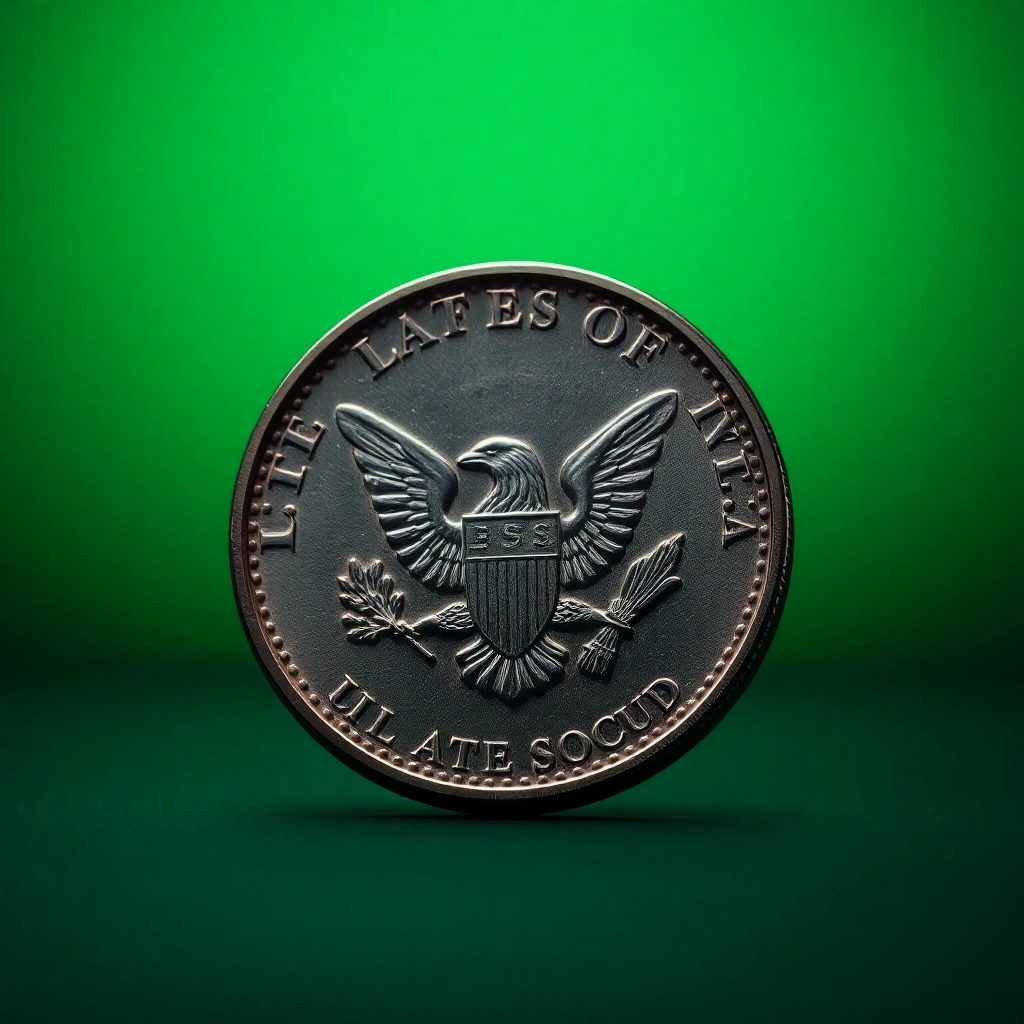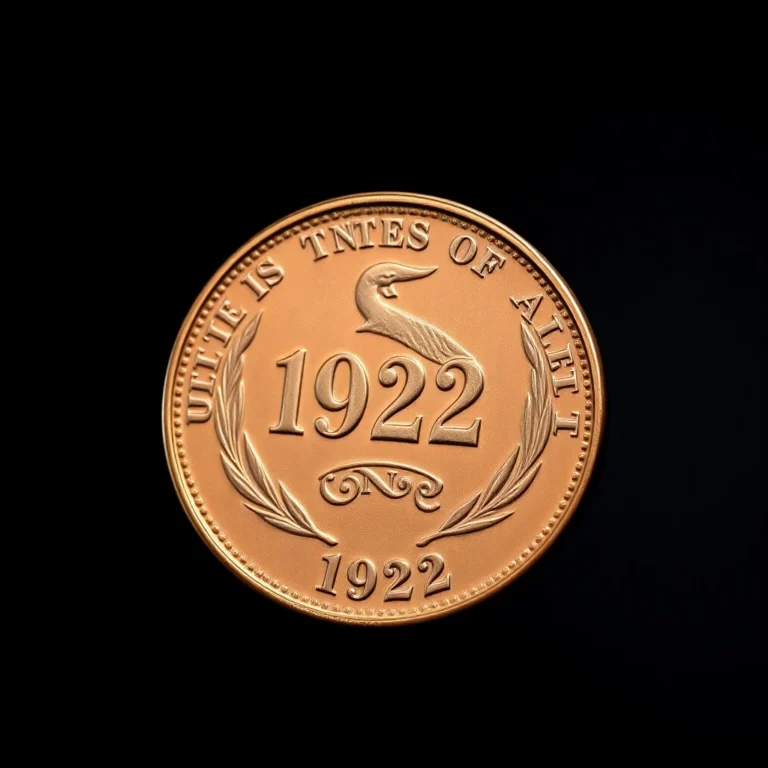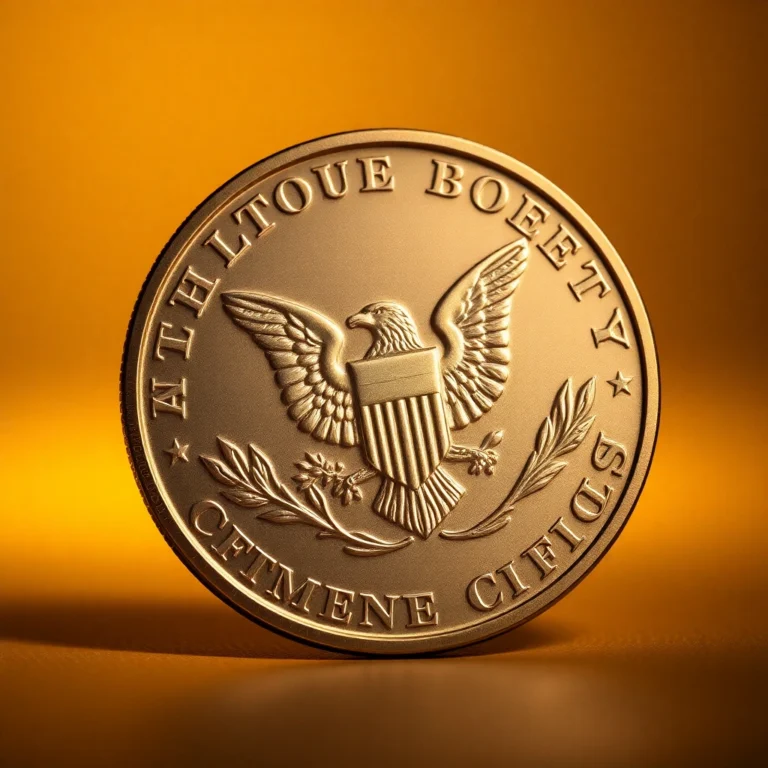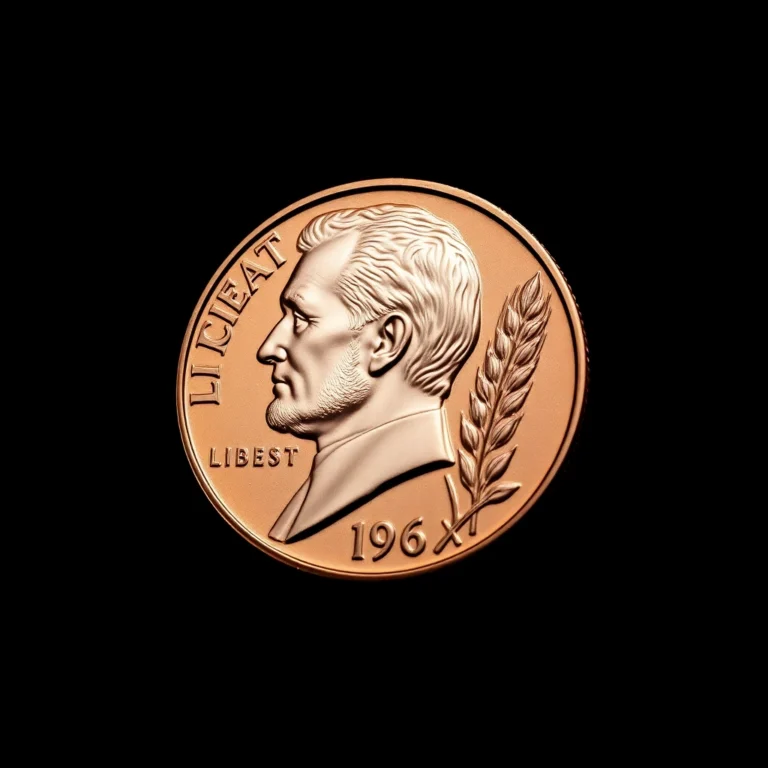Imagine the thrill of discovering a coin that never should have been—a blank slate that holds the promise of untold stories and mysteries within the minting process. Blank planchet errors in US coins are a fascinating anomaly that captivate collectors with their rarity and the behind-the-scenes glimpse they offer into the world of coin production.
For numismatists, these unstruck pieces are more than just mint mishaps; they are coveted artifacts that showcase the intricate journey of coin creation. Understanding how to identify these errors can elevate your collection and sharpen your eye for the extraordinary. In this guide, you’ll learn to distinguish blank planchets from other mint errors, appreciate the nuances of their manufacture, and recognize their unique characteristics.
As you delve into the world of blank planchet errors, you’ll discover not only their historical significance but also their potential value. These elusive coins not only enrich a collection but can also unlock the door to a hidden market of rarity and intrigue.
Historical Background and Significance
Blank planchet errors have long fascinated numismatists due to their rarity and the insight they provide into the minting process. A planchet is the blank metal disc that is stamped by the die to create a coin. When a planchet bypasses the striking process, it becomes a blank planchet error. These errors occur due to mishaps during coin production, making them prized collectibles. Historically, such errors have offered a glimpse into the technical challenges faced by mints and the evolution of quality control measures over time.⚙️
Physical Characteristics and Design
Physically, a blank planchet is simply a round, flat metal disc, devoid of any of the intricate designs or inscriptions that characterize struck coins. They are typically identical in size, weight, and metal composition to their struck counterparts. However, they may exhibit minor imperfections or changes in coloration due to handling or environmental exposure. Blank planchets can be found in various metals, including copper, nickel, silver, and occasionally, clad compositions.
Mintage Figures and Rarity
The rarity of blank planchet errors depends significantly on the coin type and era of production. Modern minting advancements have reduced the frequency of these errors, making older examples more sought after. While precise mintage figures for blank planchets are not available, they are generally considered scarce, especially for older or more valuable coin issues.
Known Varieties or Errors
Blank planchets come in two main varieties: Type 1 and Type 2. Type 1 planchets have undergone the initial blanking but have not been subjected to the upsetting mill, leaving their edges unrefined. Type 2 planchets, on the other hand, have smooth, raised edges due to the upsetting mill process. Collectors often find Type 2 planchets more appealing due to their more finished appearance.
Value Information
| Grade | Value Range |
|---|---|
| Good (G-4) | $10-$20 |
| Very Good (VG-8) | $15-$25 |
| Fine (F-12) | $20-$30 |
| Very Fine (VF-20) | $25-$40 |
| Extremely Fine (EF-40) | $30-$50 |
| About Uncirculated (AU-50) | $50-$70 |
| Mint State (MS-60) | $70-$100 |
| Gem Mint State (MS-65) | $100-$150 |
Authentication Tips
Authentication of blank planchet errors is crucial, as counterfeits can occasionally appear on the market. To authenticate a blank planchet, verify its weight and dimensions against known standards for the purported coin type. Additionally, inspect the edges for characteristics consistent with Type 1 or Type 2 planchets. Consulting with a professional numismatist or using a certified grading service can provide further assurance.
FAQs
How is the value of a blank planchet error determined?
The value of a blank planchet error largely depends on factors such as the type of metal, the coin it was intended to become, and its condition. Blank planchets from precious metals like silver or gold are typically more valuable. Condition grading ranges from circulated to uncirculated, with uncirculated examples generally fetching higher prices.
What are some tips for authenticating a blank planchet error?
To authenticate a blank planchet, first check the weight and dimensions against official US Mint specifications for the coin it was supposed to be. Examine the edges for uniformity and authentic mint features, such as milling or smoothness. Consulting with a professional coin grading service can provide further verification.
What advice would you give to collectors interested in blank planchet errors?
Collectors should focus on acquiring planchets from different denominations and metals to create a diverse collection. It’s beneficial to buy from reputable dealers and auctions to ensure authenticity. Keeping detailed records of any certificates of authenticity or grading reports is also essential for maintaining the collection’s value.
What is the historical significance of blank planchet errors?
Blank planchet errors offer a unique glimpse into the minting process and the quality control measures of the US Mint at different times. They highlight the human and mechanical errors that can occur during coin production, making them an intriguing aspect of numismatic history.
What are some common varieties or errors related to blank planchets?
Common varieties include type I and type II blank planchets. Type I are completely smooth with no rims, while type II show a raised rim but lack any other design details. Collectors might also encounter partial planchets, where only a section of the coin is blank due to a minting mishap.






